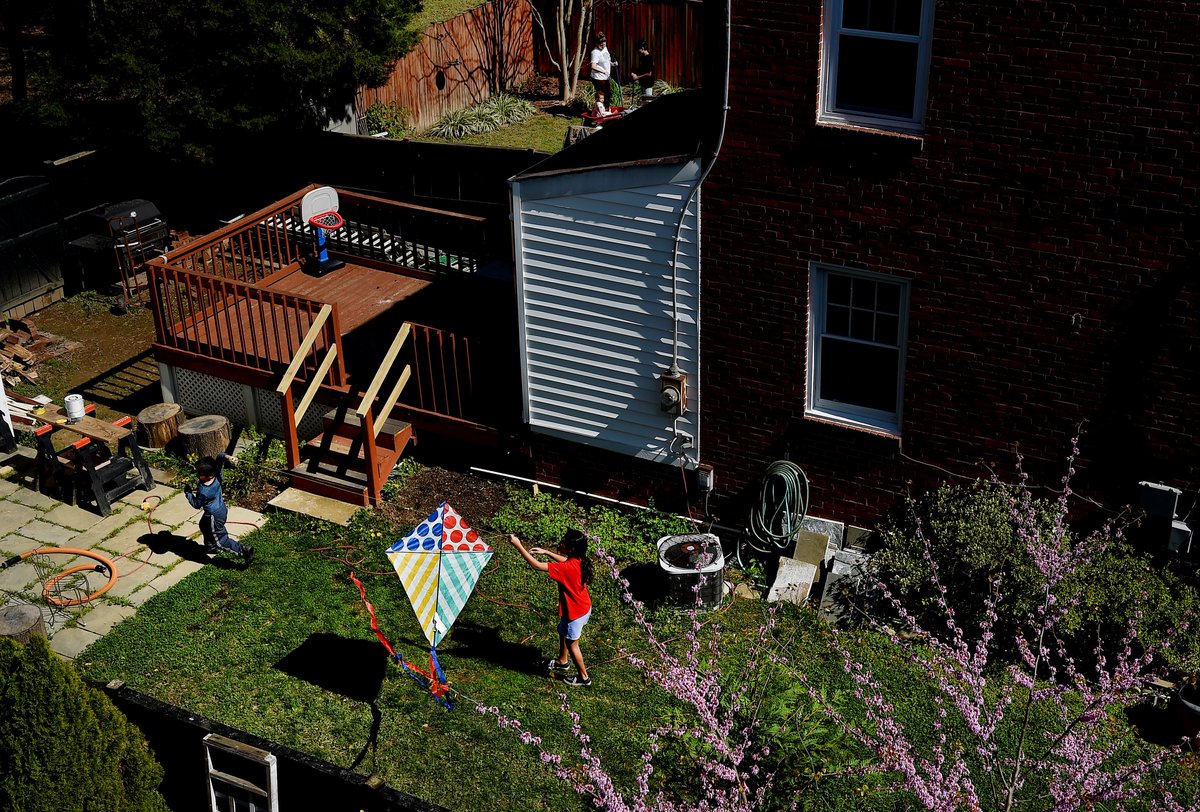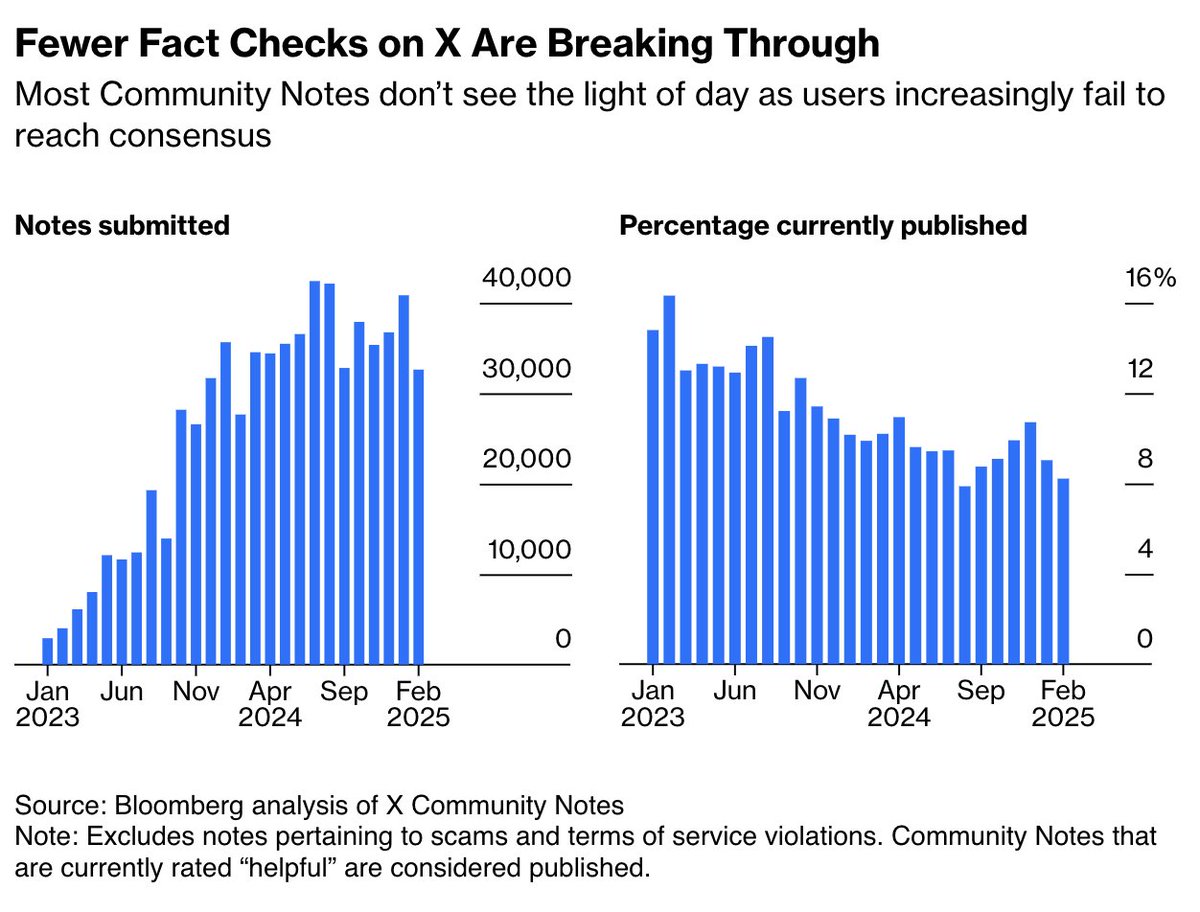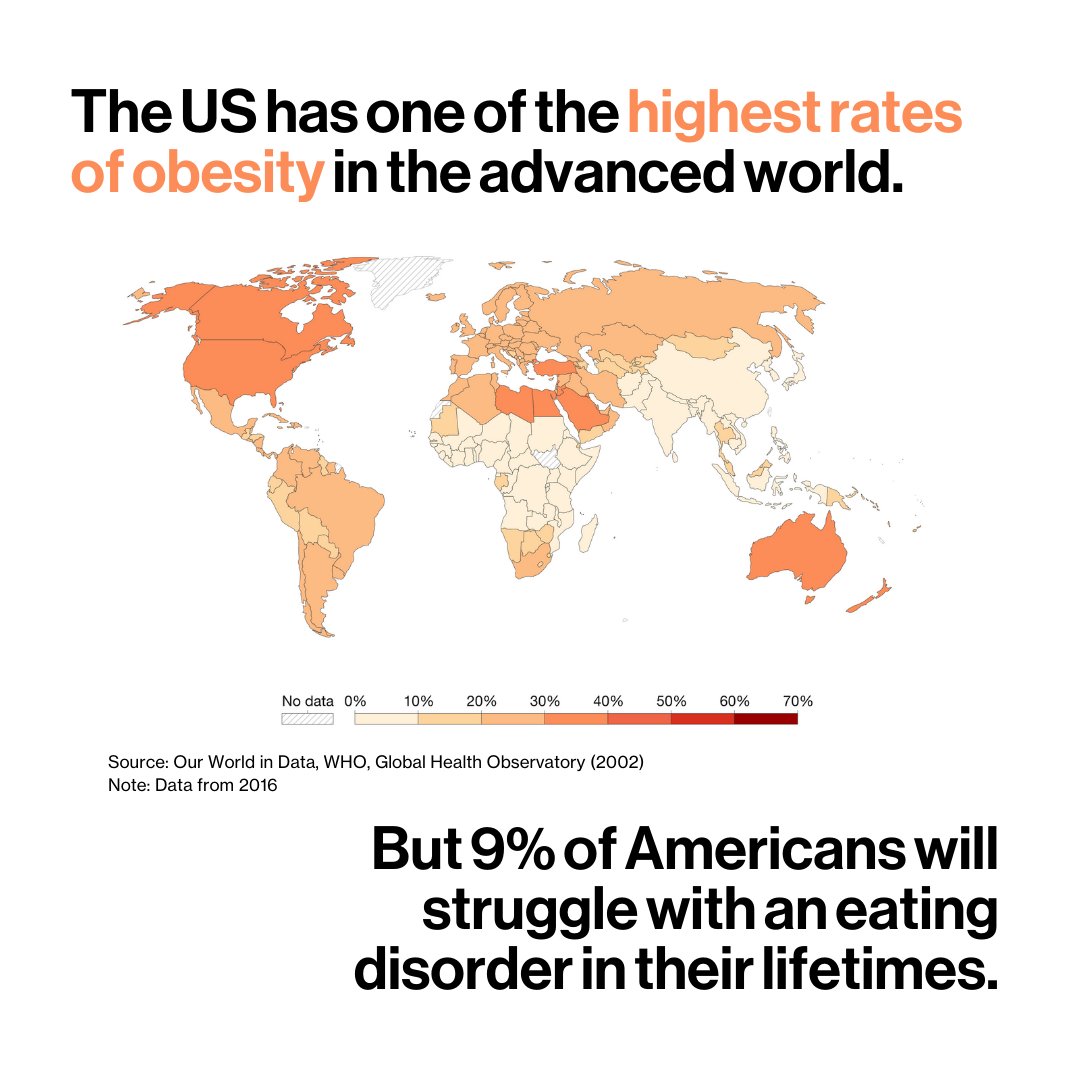More than 150 years after the end of slavery, most Black families in the U.S. lack an essential part of the American dream: a home of their own.
Occasional efforts to address the problem have mostly failed — and sometimes they’ve made things worse trib.al/KkSLk3S
Occasional efforts to address the problem have mostly failed — and sometimes they’ve made things worse trib.al/KkSLk3S
Federal housing policy played a central role in creating the American middle class. Beginning in the 1930s, government-subsidized mortgages enabled people to…
🏡Buy homes
🏘️Invest in communities
💰Build equity
🚸Pass wealth on to their children
twitter.com/i/broadcasts/1…
🏡Buy homes
🏘️Invest in communities
💰Build equity
🚸Pass wealth on to their children
twitter.com/i/broadcasts/1…
Between 1934 and 1968, 98% of loans insured by the FHA went to White people.
The presence of a single Black family in a new subdivision was enough for them to refuse financing. The result was residential segregation and a legacy of entrenched disadvantage trib.al/KkSLk3S
The presence of a single Black family in a new subdivision was enough for them to refuse financing. The result was residential segregation and a legacy of entrenched disadvantage trib.al/KkSLk3S

Efforts to right this wrong have focused on loosening credit, to disastrous effect.
As of 2019, Black families had on average just $65,000 in home equity, compared with $176,000 for White families. In three decades, this disparity hasn’t narrowed trib.al/KkSLk3S
As of 2019, Black families had on average just $65,000 in home equity, compared with $176,000 for White families. In three decades, this disparity hasn’t narrowed trib.al/KkSLk3S

In the late 1960s and early 1970s, indiscriminate and corrupt FHA-backed lending allowed speculators to sell homes at inflated prices to Black families, saddling them with often-impossible payments trib.al/KkSLk3S 

In the 2000s, the private sector repeated the experiment.
Subprime mortgage loans with outsized interest rates, no money down and other toxic features all but guaranteed default — and frequently extracted what equity people had managed to build trib.al/KkSLk3S
Subprime mortgage loans with outsized interest rates, no money down and other toxic features all but guaranteed default — and frequently extracted what equity people had managed to build trib.al/KkSLk3S

The upshot: As of March 2021, the Black homeownership rate stood at an estimated 45.1%, almost 30 percentage points below its White counterpart trib.al/KkSLk3S 

Various schemes of this kind are now up and running.
In recent years, most state housing agencies have started providing down payment assistance; so have some of the country’s largest banks trib.al/KkSLk3S
In recent years, most state housing agencies have started providing down payment assistance; so have some of the country’s largest banks trib.al/KkSLk3S

During his presidential campaign, Biden proposed a larger federal program offering $15,000 to qualifying first-time homebuyers.
Maxine Waters, chair of the House Committee on Financial Services, has proposed legislation aiming at as much as $25,000 trib.al/KkSLk3S
Maxine Waters, chair of the House Committee on Financial Services, has proposed legislation aiming at as much as $25,000 trib.al/KkSLk3S

Depending on the details, the cost would be manageable.
A program confined to low-income, first-generation buyers would cover about 5 million households — disproportionately Black, but also including millions of White and Hispanic households trib.al/KkSLk3S
A program confined to low-income, first-generation buyers would cover about 5 million households — disproportionately Black, but also including millions of White and Hispanic households trib.al/KkSLk3S

Even if every eligible household bought a house, the initial cost of a $15,000 payment would amount to roughly $80 billion, spread over several years, with a much smaller ongoing annual budget to cover newly eligible households trib.al/KkSLk3S 

Closing the racial wealth gap is a moral imperative.
It would also benefit the entire country by helping millions of people realize their productive potential. Down payment assistance can make a difference trib.al/KkSLk3S
It would also benefit the entire country by helping millions of people realize their productive potential. Down payment assistance can make a difference trib.al/KkSLk3S

• • •
Missing some Tweet in this thread? You can try to
force a refresh














